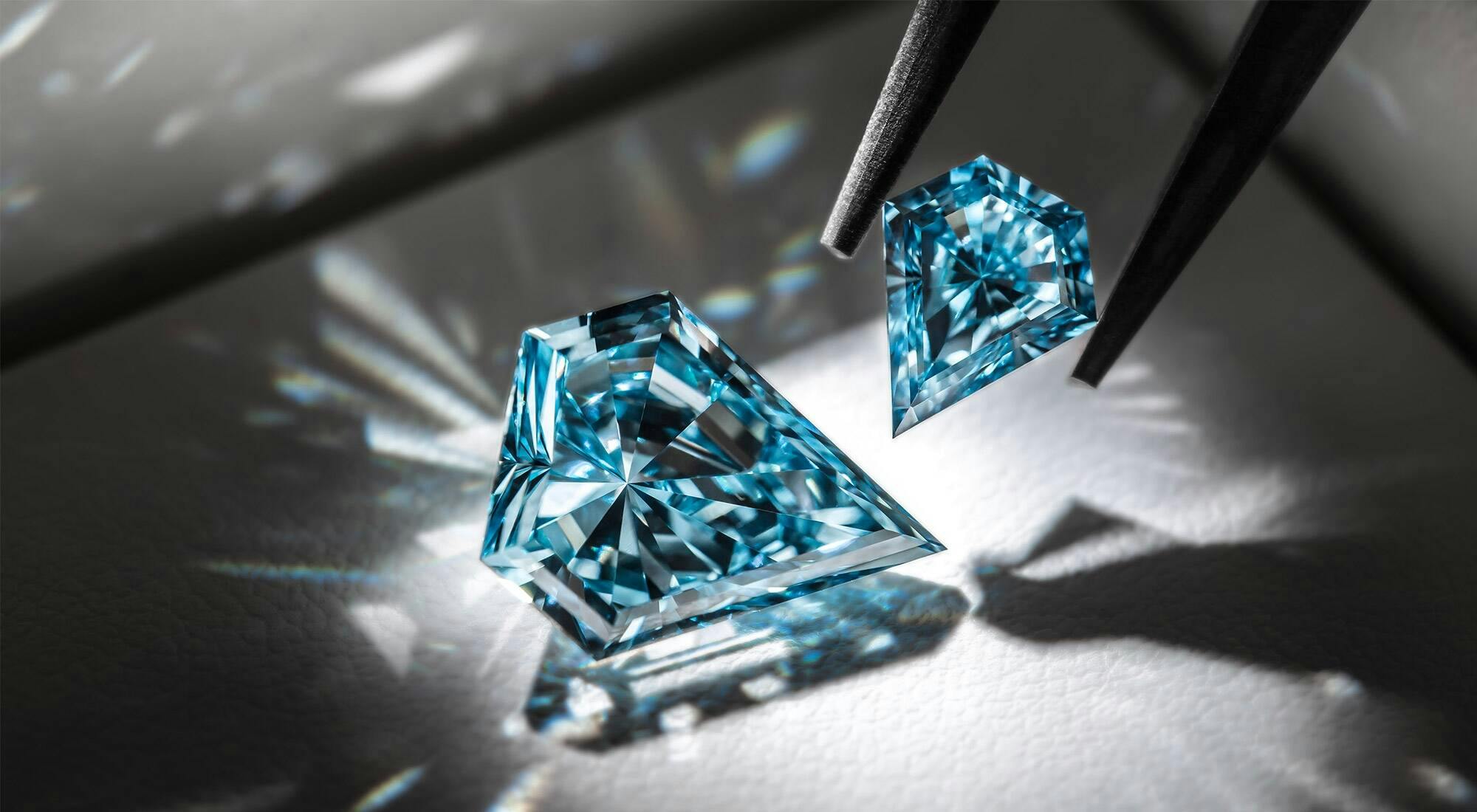Lab diamonds have become a significant force in the jewelry industry, providing an ethical, sustainable alternative to traditional mined diamonds. These diamonds, created in a controlled lab environment using advanced technology, offer the same visual appeal and chemical properties as natural diamonds but are free from the environmental and human rights concerns associated with mining. In this article, we explore the impact of lab diamonds and cultures across different cultures and how they are transforming the way people perceive diamonds and luxury goods.
Table of Contents
The Rise of Lab Diamonds: A Global Trend
Lab diamonds are gaining popularity across the globe as consumers increasingly seek sustainable and ethically sourced products. In many cultures, diamonds hold symbolic meaning, representing love, commitment, and social status. The emergence of lab-grown diamonds offers a new way for individuals to participate in these traditions while also aligning with modern values of environmental responsibility and sustainability. As more people around the world learn about the benefits of lab diamonds, this innovative technology is quickly reshaping the diamond industry and challenging long-standing cultural norms around luxury and wealth.
In some cultures, the use of diamonds is deeply rooted in wedding traditions. For example, in Western societies, diamonds have become synonymous with engagement rings, symbolizing eternal love and commitment. Lab diamonds are making their way into these cultural rituals, offering couples the opportunity to purchase a beautiful diamond without the ethical concerns that may accompany mined diamonds. The affordability and environmental friendliness of lab diamonds make them an appealing choice for a growing number of consumers looking to celebrate their love while minimizing their impact on the planet.
Lab Diamonds and Cultural Shifts in Sustainability
Sustainability is becoming an important consideration for consumers around the world. As concerns over climate change and environmental degradation grow, many cultures are embracing sustainability in all aspects of life, from food choices to fashion and consumer goods. Lab diamonds represent a fusion of technological innovation and environmental consciousness, and their rise reflects a broader shift in consumer behavior across multiple cultures.
In countries where environmental conservation is a priority, such as Scandinavian nations and parts of North America, lab diamonds are seen as a perfect solution to the environmental problems posed by diamond mining. Traditional diamond mining has long been associated with land degradation, water pollution, and the displacement of communities. The advent of lab grown diamonds provides a way for consumers to enjoy the beauty of diamonds without contributing to these harmful practices. As more people become aware of the ecological footprint of traditional diamonds, the demand for lab-grown alternatives is likely to continue growing in these environmentally conscious cultures.
Lab Diamonds and Their Cultural Significance in Different Regions
The cultural significance of diamonds varies from region to region, and lab diamonds are being embraced in diverse ways around the world. In countries with long-standing traditions of diamond use, such as India, lab diamonds are starting to challenge the status quo. Historically, India has been one of the largest consumers of diamonds, with diamonds being an important part of wedding ceremonies and other celebrations. Lab diamonds are now making their presence felt in the Indian market, especially among younger generations who are more concerned about ethical sourcing and environmental impact.
In addition to wedding jewelry, lab diamonds are also being used in other forms of adornment and luxury goods, from necklaces to watches. In countries like China, where luxury and status are highly valued, lab diamonds are gaining recognition as a more sustainable and affordable alternative to mined diamonds. The cultural shift toward lab-grown diamonds in these regions is a testament to how the allure of diamonds is being redefined to align with contemporary values of sustainability and responsibility.
The Future of Lab Diamonds and Global Cultural Integration
Looking forward, the role of lab diamonds in global cultures will only continue to evolve. As more people around the world adopt lab diamonds, it’s likely that we will see an increased cultural acceptance and integration of these stones in major life events, such as engagements, weddings, and anniversaries. The adoption of lab diamonds is not limited to Western countries or nations with a history of diamond consumption—cultures across Africa, Asia, and Latin America are beginning to incorporate lab-grown diamonds into their jewelry traditions as well.
As the production of lab diamonds becomes more efficient and accessible, their price point will likely become more competitive with mined diamonds. This shift will make lab diamonds even more appealing across a wide range of cultures, making high-quality diamonds available to a broader population. The versatility of lab diamonds means they can be incorporated into a variety of cultural practices and personal styles, offering a timeless yet forward-thinking approach to diamond jewelry.
Conclusion: Embracing Lab Diamonds Across Cultures
The rise of lab diamonds is more than just a trend—it’s a cultural shift that reflects broader changes in consumer attitudes toward sustainability, ethics, and innovation. Lab diamonds are challenging long-held cultural norms around diamonds, luxury, and environmental responsibility, offering an alternative that resonates with people from various cultural backgrounds. As the demand for lab diamonds continues to grow, it’s clear that these innovative stones are not just changing the diamond industry—they are transforming the way people around the world celebrate love, tradition, and beauty. Whether in the West, East, or beyond, lab diamonds are proving that they are much more than a fleeting trend—they are becoming an integral part of global cultures and the future of luxury.

